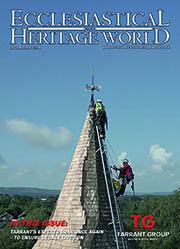Letting the light in: a Dartmoor barn conversion rooted in craft, conservation and local character
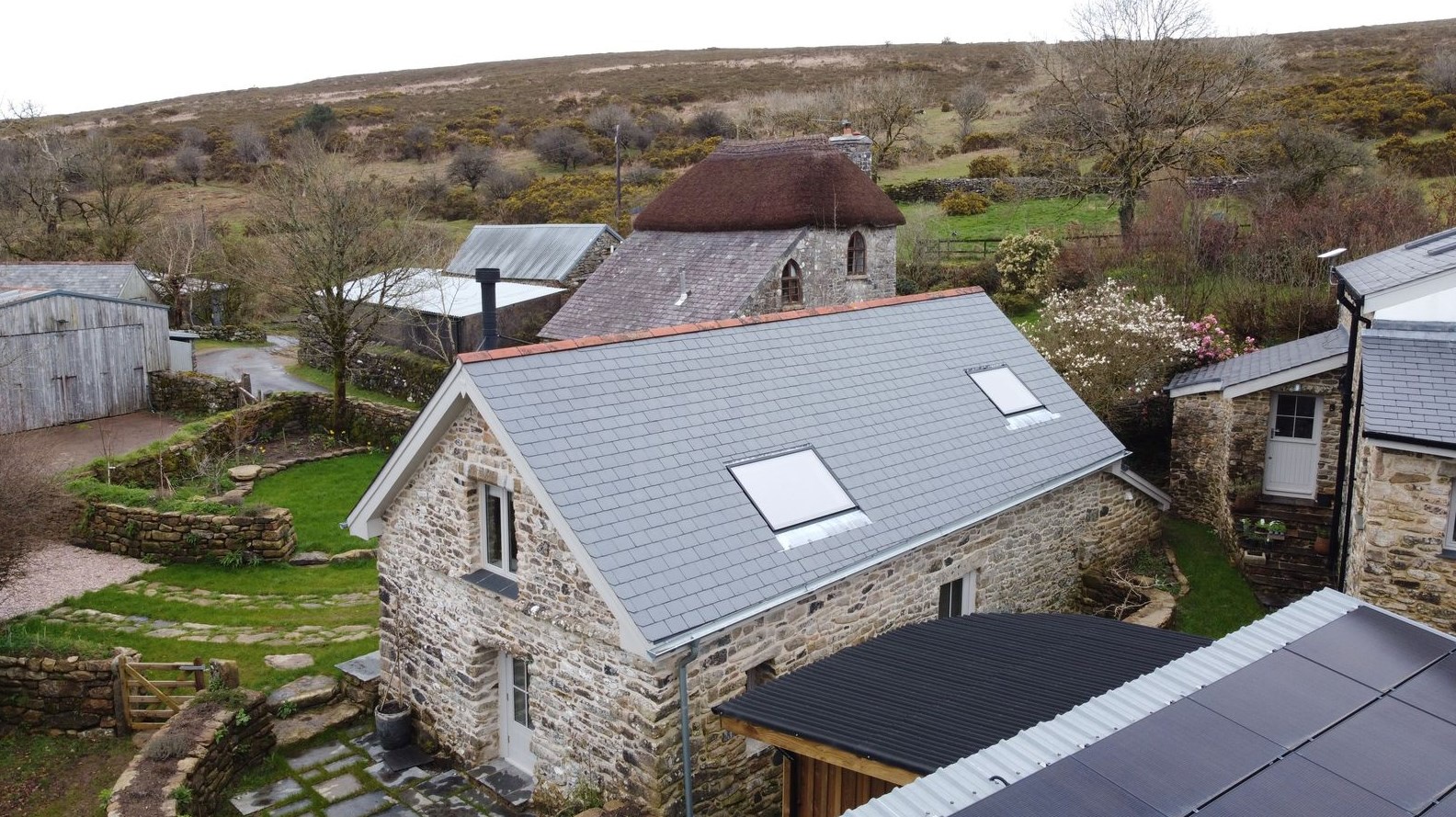 When Issy and Murray Bryars first set eyes on the dilapidated granite barn that sat quietly beside their Dartmoor farmhouse, they saw more than just an agricultural relic. They saw a future retreat; one that would allow visitors to connect with Dartmoor’s dramatic beauty in a space that honoured its past, supported the local economy, and embraced sustainable building practices.
When Issy and Murray Bryars first set eyes on the dilapidated granite barn that sat quietly beside their Dartmoor farmhouse, they saw more than just an agricultural relic. They saw a future retreat; one that would allow visitors to connect with Dartmoor’s dramatic beauty in a space that honoured its past, supported the local economy, and embraced sustainable building practices.
Their vision has since taken shape in the form of a strikingly understated, light-filled holiday let that seamlessly blends into the surrounding National Park landscape. More than just a sympathetic conversion, the project reflects a deep commitment to local sourcing, environmental responsibility, and architectural integrity; a showcase of what can be achieved when modern needs are balanced with conservation values.
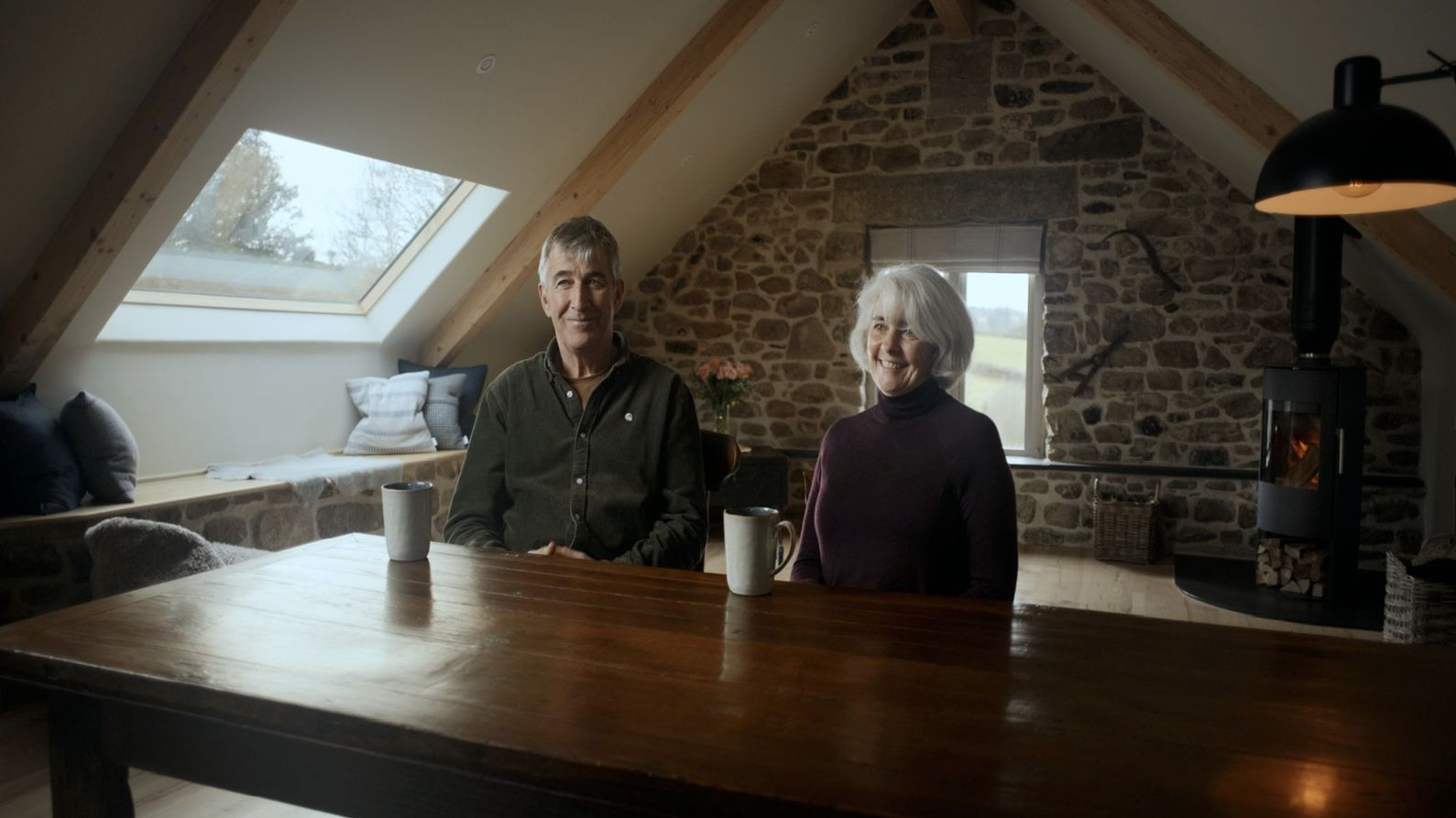 A Barn with a Backstory
A Barn with a Backstory
Set within Dartmoor National Park, where every alteration to the landscape is closely scrutinised, the barn presented both an opportunity and a challenge. While not a Listed structure, the barn lay within a sensitive rural setting. Planning permission came with the expectation that all changes would preserve the original character of the building and reflect the wider vernacular of the moor.
“The goal from day one was to be as environmentally friendly and locally minded as we could,” explains Issy. “We didn’t want the building to lose its agricultural honesty, but we also wanted it to offer a really special experience for guests, full of light, warmth and comfort, but without compromising its identity.”
From the outset, the couple set themselves a clear brief: to work with local businesses, to make sustainable choices, and to let the incredible Dartmoor surroundings take centre stage.
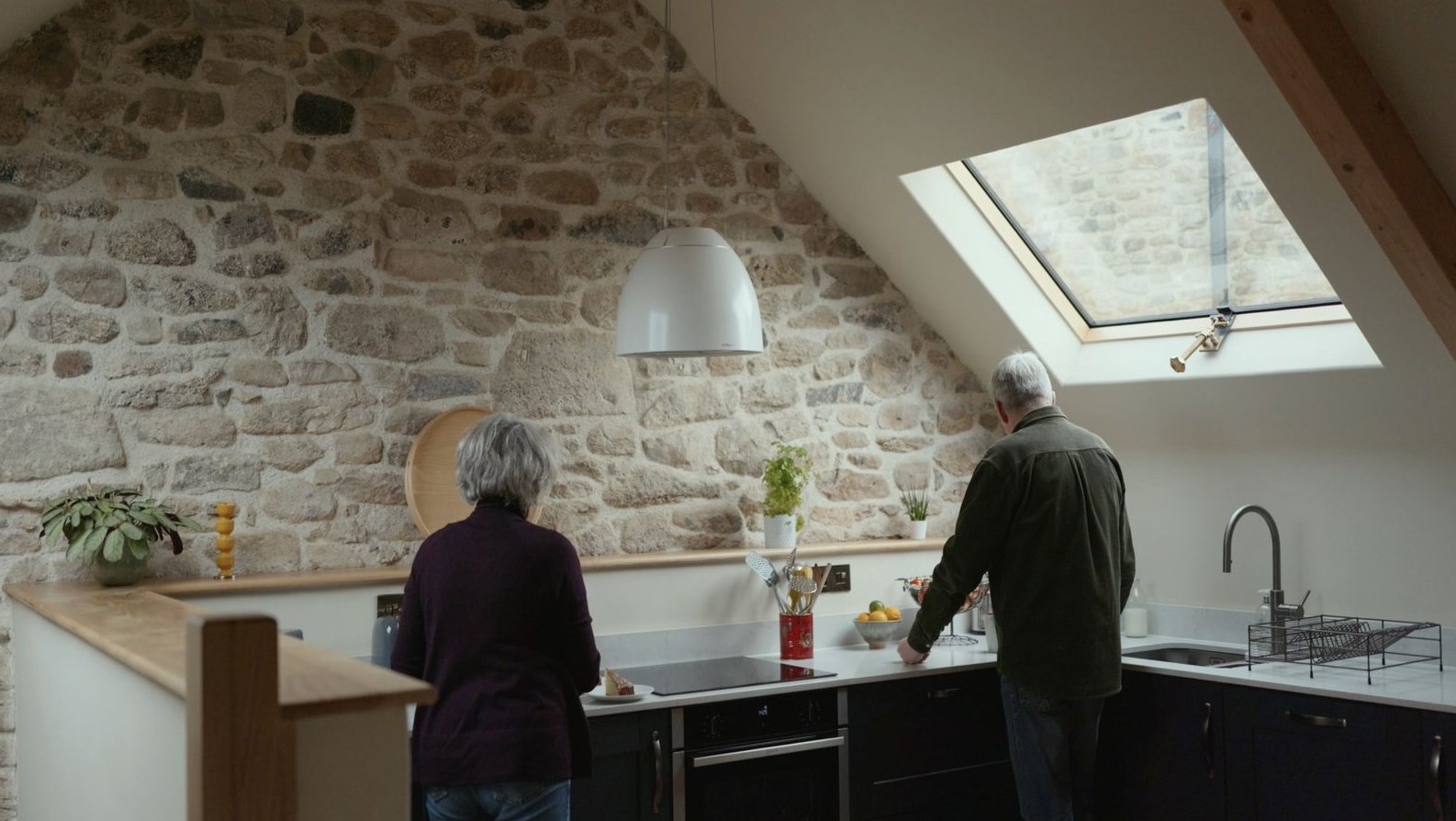 Building with the Landscape
Building with the Landscape
Achieving their goals meant thinking holistically. Every material, fixture and fitting was chosen with both aesthetics and ethics in mind. The glulam timber frame, the central structural element of the barn’s interior, was sourced from Buckland Timber, based just a few miles away. Its warmth and strength gave the space a contemporary yet natural feel, and helped support the open-plan layout without disrupting the original shell.
Heating is provided by an underfloor system, chosen for its energy efficiency and compatibility with renewable technologies. Water is filtered and recycled on site. Much of the furniture is upcycled, sourced from salvage yards or given a second life through thoughtful restoration.
“We didn’t just want to fill it with new things,” says Issy. “There’s a real pleasure in taking something old and giving it purpose again, especially in a building that’s been standing for generations.”
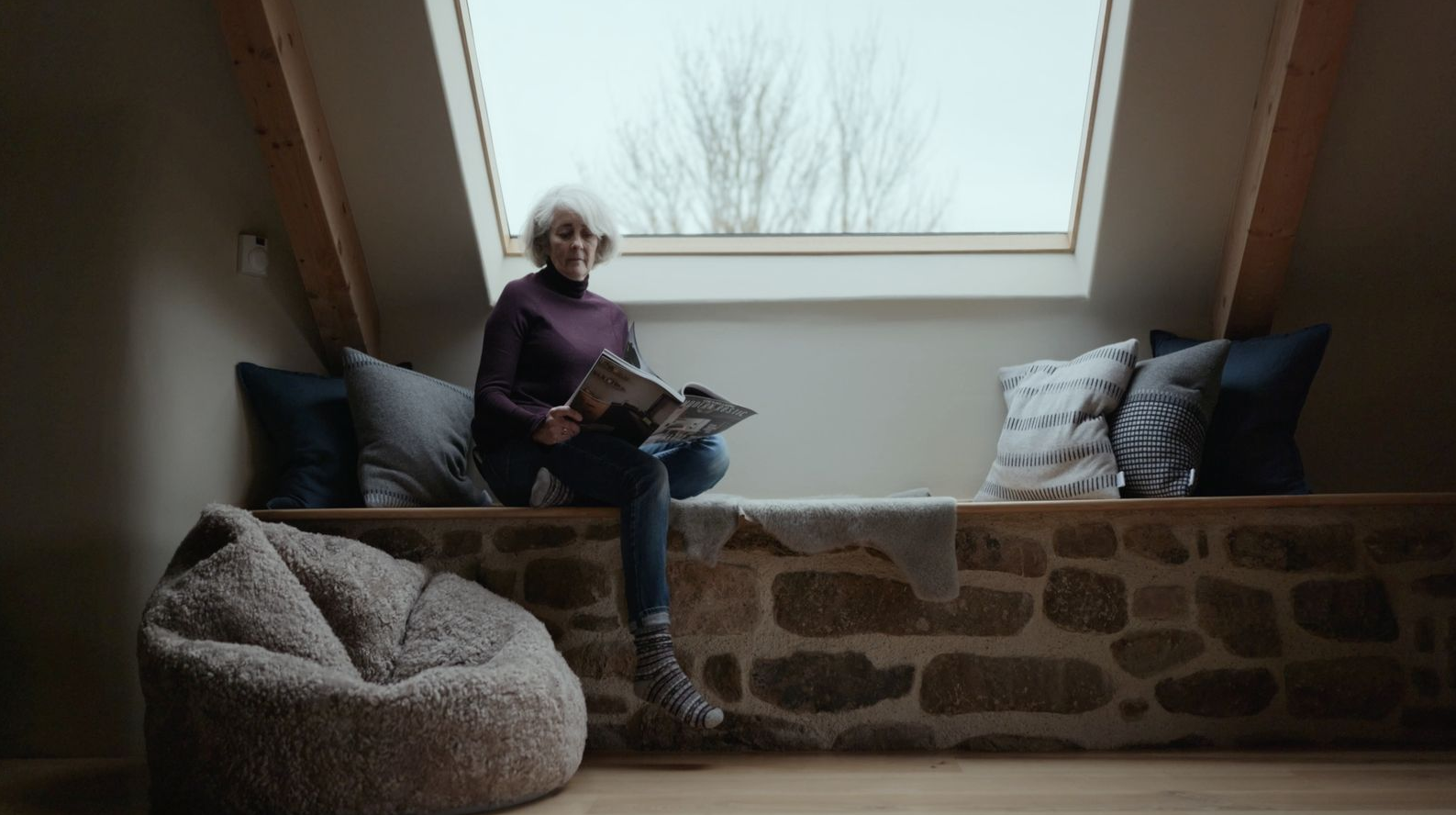 The Challenge of Light
The Challenge of Light
While the solid stone walls and deep-set openings gave the barn its characteristic charm, they also posed a challenge. With limited windows and few existing openings, natural light was at a premium. To counter this, the design centred around the careful introduction of rooflights, a decision that would ultimately transform the space.
“It was obvious quite early on that rooflights would make a huge difference,” says Murray. “But the shape of the barn made things complicated. The gable ends were at different heights, the walls ran out in places, nothing was square or standard. We needed something bespoke.”
Standard rooflight solutions wouldn’t fit, and many off-the-shelf conservation-style products used plastic fittings or overly bulky frames that would have clashed with the barn’s slate roof and understated form.
Their answer came from Stella Rooflight, a specialist manufacturer based nearby in the Westcountry. Stella’s conservation rooflights are designed specifically for heritage and sensitive rural properties. More importantly, they could be made to measure, ensuring a perfect fit within the barn’s irregular structure.
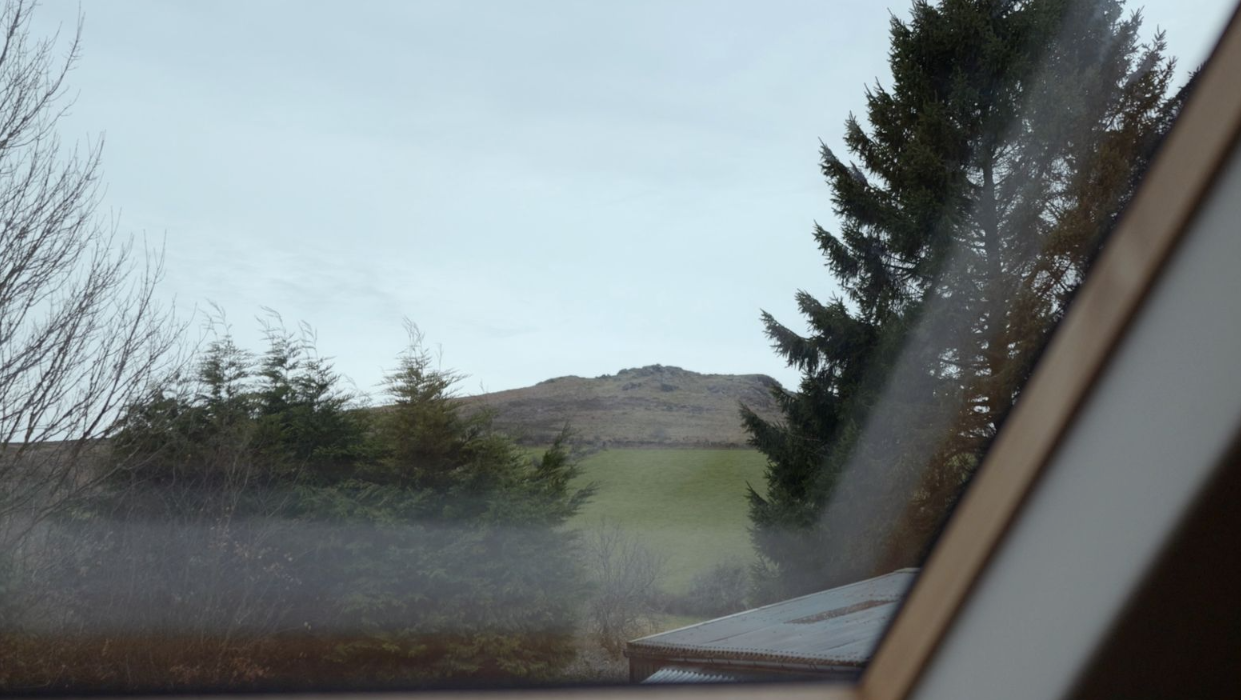 A Fitting Frame for Dartmoor Views
A Fitting Frame for Dartmoor Views
Three large bespoke rooflights were installed, each carefully positioned to capture natural light at different times of day and to frame the ever-changing Dartmoor landscape.
“They’re one of the first things people notice when they walk into the living area,” Issy says. “You get this immediate connection with the outside. The light, the view, even the weather, it all becomes part of the experience.”
From inside, the effect is subtle but transformative. Sunlight floods the central space, highlighting the texture of the exposed stone and timber. At dusk, the sky becomes a dramatic ceiling. On clear nights, guests can lie back and watch the stars.
Outside, the rooflights are barely visible, designed to sit flush with the slate, in keeping with the barn’s original appearance. The frames are made from marine-grade stainless steel, a material chosen not just for its durability in Dartmoor’s wet and wild climate, but also for its resistance to corrosion and its minimal maintenance needs.
“It’s the kind of detail that doesn’t shout for attention,” says Murray. “But when you’re dealing with a building like this, that’s exactly the point.”
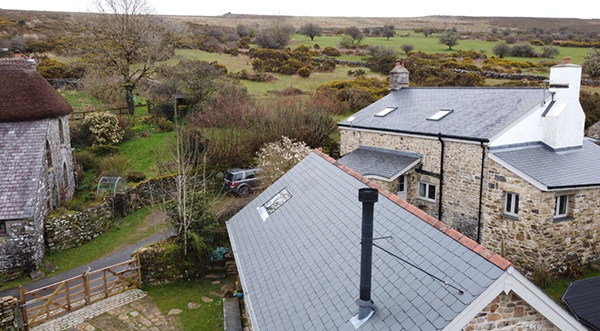 Choosing Local, Thinking Long-Term
Choosing Local, Thinking Long-Term
Supporting local businesses was more than a nice-to-have for the Bryars. It was fundamental to the ethos of the project. “It would have been easy to jump online and order something cheaper, or faster,” says Issy. “But when you’re asking others to value the beauty of Dartmoor and the character of its buildings, you have to do the same yourself.”
Working with a manufacturer based nearby allowed the couple to be closely involved in the design process, and to seek expert advice when needed. Their builder, too, was impressed, both by the quality of the rooflights and by how easily they integrated into the slate roof.
That commitment to quality, visible in every aspect of the build, from the timber structure to the smallest ironmongery detail, gives the finished project a quiet confidence. The barn feels neither overly polished nor overly rustic. It simply feels right.
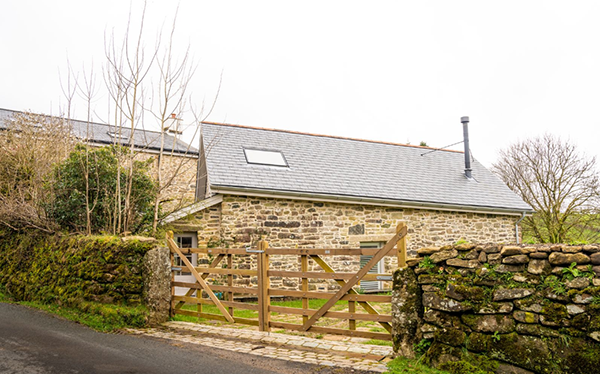 A Place with Purpose
A Place with Purpose
Since opening, Little Moor Barn has welcomed guests from across the country, many of whom come to reconnect with nature, escape the noise of daily life, or explore the nearby walking trails and wild expanses of Dartmoor.
While the building’s transformation is striking, it’s the atmosphere, the calm, the light, the sense of belonging, that stays with visitors.
“We wanted people to feel at home,” says Issy. “To feel like they’re part of something, not just renting a place to sleep, but stepping into the story of the building and the landscape.”
Watch the full story at: www.stellarooflight.co.uk/inspiration or watch the video below
For further information visit www.stellarooflight.co.uk










